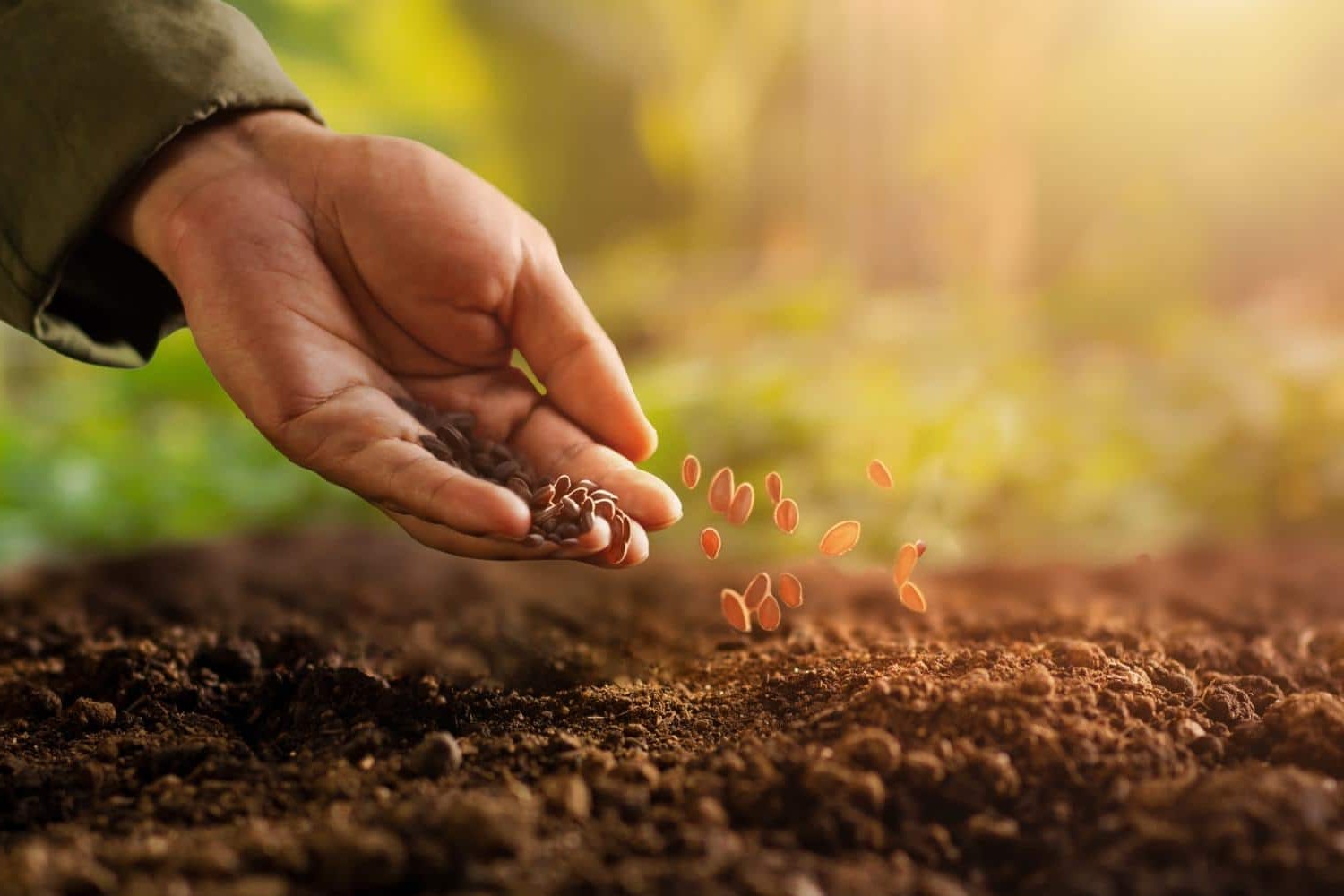
Sowing is an ancient practice that has shaped human civilization. Ever wondered how this simple act of planting seeds has evolved over time? From traditional hand-sowing methods to modern machinery, the journey of sowing is fascinating. Sowing isn't just about scattering seeds; it involves understanding soil, weather, and timing. Did you know that the earliest evidence of sowing dates back to around 10,000 BC? Or that different plants require specific sowing techniques for optimal growth? Whether you're a seasoned gardener or a curious newbie, these 25 facts about sowing will enrich your knowledge and perhaps even inspire you to try your hand at planting. Let's dig in!
Sowing: The Basics
Sowing seeds is the first step in growing plants. It’s a process that has been used for thousands of years. Here are some interesting facts about sowing.
- Sowing involves planting seeds in soil to grow crops or plants.
- The term "sowing" comes from the Old English word "sawan," which means to plant seeds.
- Seeds need water, oxygen, and the right temperature to germinate.
- There are two main types of sowing: direct sowing and transplanting.
- Direct sowing means planting seeds directly into the ground where they will grow.
- Transplanting involves starting seeds in a controlled environment and then moving them to their final location.
Historical Facts about Sowing
Sowing has a rich history that dates back to ancient civilizations. Here are some historical facts about sowing.
- The earliest evidence of sowing dates back to around 10,000 BC in the Fertile Crescent.
- Ancient Egyptians used a tool called a "dibber" to make holes in the soil for seeds.
- The Sumerians, one of the earliest civilizations, practiced sowing to grow barley and wheat.
- In ancient China, farmers used a method called "broadcast sowing," where seeds were scattered by hand.
- The invention of the seed drill by Jethro Tull in the 1700s revolutionized sowing by planting seeds in neat rows.
Modern Sowing Techniques
Modern technology has greatly improved the efficiency and effectiveness of sowing. Here are some facts about modern sowing techniques.
- Precision sowing uses GPS technology to plant seeds at exact locations and depths.
- No-till farming is a method where seeds are sown without plowing the soil, reducing erosion.
- Hydroponics is a technique where plants are grown in nutrient-rich water instead of soil.
- Seed tapes are pre-spaced seeds embedded in biodegradable tape, making sowing easier and more accurate.
- Drones are now used in agriculture to sow seeds over large areas quickly and efficiently.
Interesting Facts about Seeds
Seeds are fascinating and come in all shapes and sizes. Here are some interesting facts about seeds.
- The smallest seed in the world comes from the orchid family and is as tiny as a speck of dust.
- The largest seed in the world is the coco de mer, which can weigh up to 40 pounds.
- Some seeds can remain dormant for years and still germinate when conditions are right.
- Seeds have a protective outer layer called a seed coat that helps them survive harsh conditions.
- Some seeds need to be exposed to fire or extreme heat to germinate, a process known as serotiny.
Fun Facts about Sowing
Sowing isn’t just about growing food; it’s also about enjoying nature and learning. Here are some fun facts about sowing.
- Sowing wildflower seeds can help attract pollinators like bees and butterflies to your garden.
- Seed bombs, which are balls of seeds and soil, can be thrown into vacant lots to grow flowers and plants.
- The Guinness World Record for the most seeds sown in one hour is held by a team in India, who sowed over 1 million seeds.
- Some schools and community groups have "sowing days" where people come together to plant seeds and learn about gardening.
Final Thoughts on Sowing
Sowing, a practice as old as agriculture itself, holds countless fascinating aspects. From ancient techniques to modern innovations, it’s clear that this simple act is vital for food production and sustainability. Understanding the different methods, the importance of soil health, and the role of climate can make a huge difference in crop yields.
Farmers and gardeners alike benefit from knowing these facts. It’s not just about planting seeds; it’s about nurturing them to grow into healthy plants. Whether you’re a seasoned farmer or a beginner gardener, these insights can help you achieve better results.
Remember, every seed sown is a step towards a greener future. So, next time you plant, think about the journey of that tiny seed and the impact it can have. Happy sowing!
Was this page helpful?
Our commitment to delivering trustworthy and engaging content is at the heart of what we do. Each fact on our site is contributed by real users like you, bringing a wealth of diverse insights and information. To ensure the highest standards of accuracy and reliability, our dedicated editors meticulously review each submission. This process guarantees that the facts we share are not only fascinating but also credible. Trust in our commitment to quality and authenticity as you explore and learn with us.
